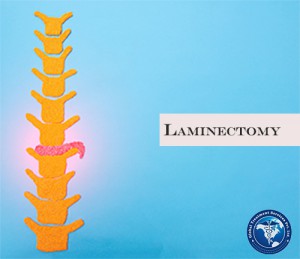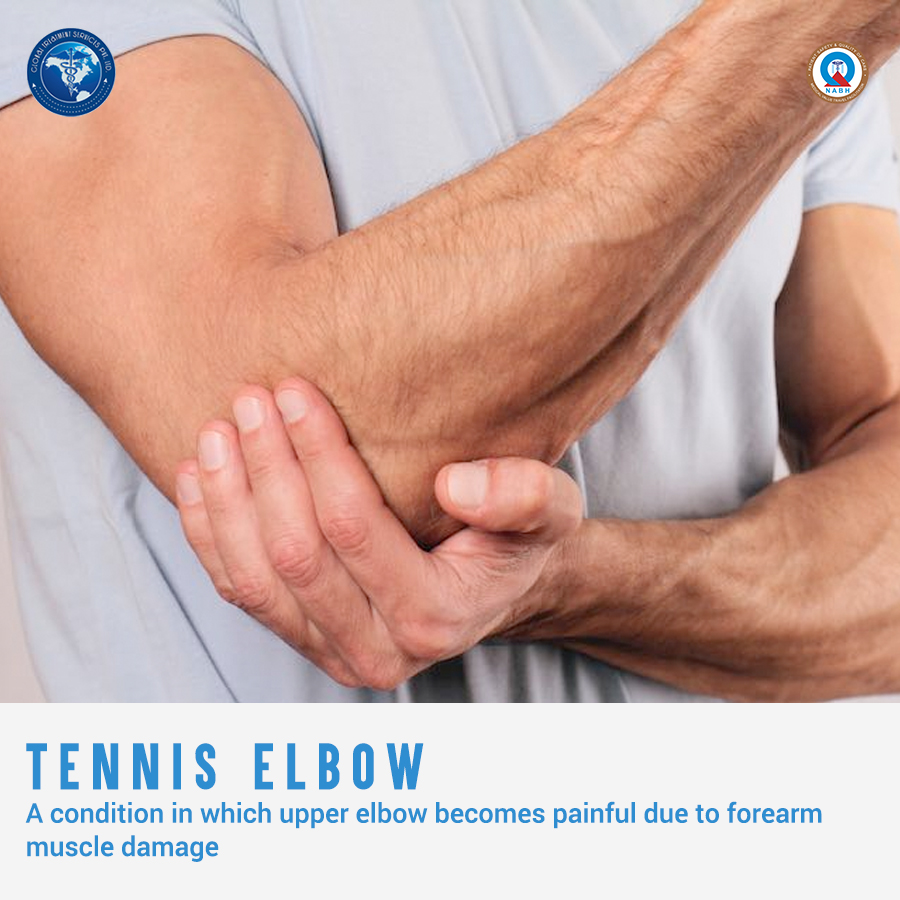Plantar fasciitis is one of the most common causes of heel pain. It involves inflammation of a thick band of tissue that runs across the bottom of each foot and connects the heel bone to the toes, known as the plantar fascia.
Plantar fasciitis commonly causes stabbing pain that often occurs with your first steps in the morning. As you get up and move, the pain normally decreases, but it might return after long periods of standing or when you stand up after sitting.
The cause of plantar fasciitis is poorly understood. It is more common in runners and in people who are overweight.
Causes
The plantar fascia is a band of tissue, called fascia,that connects your heel bone to the base of your toes. It supports the arch of the foot and absorbs shock when walking.
Tension and stress on the fascia can cause small tears. Repeated stretching and tearing of the facia can irritate or inflame it, although the cause remains unclear in many cases of plantar fasciitis.
Symptoms
Plantar fasciitis typically causes a stabbing pain in the bottom of your foot near the heel. The pain is usually the worst with the first few steps after awakening, although it also can be triggered by long periods of standing or when you get up from sitting.
Diagnosis
Plantar fasciitis is diagnosed based on your medical history and physical exam. During the exam, your health care professional will check for areas of tenderness in your foot. The location of your pain can help determine its cause.
Imaging tests
Usually no tests are needed. Your health care professional might suggest an X-ray or MRI to make sure another problem, such as a stress fracture, is not causing your pain.
Sometimes an X-ray shows a piece of bone sticking out from the heel bone. This is called a bone spur. In the past, these bone spurs were often blamed for heel pain and removed surgically. But many people who have bone spurs on their heels have no heel pain.
Risk factors
Even though plantar fasciitis can develop without an obvious cause, some factors can increase your risk of developing this condition. They include:
- Plantar fasciitis is most common in people between the ages of 40 and 60.
- Certain types of exercise.Activities that place a lot of stress on your heel and attached tissue — such as long-distance running, ballet dancing and aerobic dance — can contribute to the onset of plantar fasciitis.
- Foot mechanics.Flat feet, a high arch or even an atypical pattern of walking can affect the way weight is distributed when you’re standing and can put added stress on the plantar fascia.
- Excess pounds put extra stress on your plantar fascia.
- Occupations that keep you on your feet.Factory workers, teachers and others who spend most of their work hours walking or standing on hard surfaces can be at increased risk of plantar fasciitis.
Treatment
Most people who have plantar fasciitis recover in several months with conservative treatment, such as icing the painful area, stretching, and modifying or staying away from activities that cause pain.
Medicines
Pain relievers you can buy without a prescription such as ibuprofen (Advil, Motrin IB, others) and naproxen sodium (Aleve) can ease the pain and inflammation of plantar fasciitis.
Therapies
Physical therapy or using special devices might relieve symptoms. Treatment may include:
- Physical therapy.A physical therapist can show you exercises to stretch the plantar fascia and Achilles tendon and to strengthen lower leg muscles. A therapist also might teach you to apply athletic taping to support the bottom of your foot.
- Night splints.Your care team might recommend that you wear a splint that holds the plantar fascia and Achilles tendon in a lengthened position overnight to promote stretching while you sleep.
- Your health care professional might prescribe off-the-shelf or custom-fitted arch supports, called orthotics, to distribute the pressure on your feet more evenly.
- Walking boot, canes or crutches.Your health care professional might suggest one of these for a brief period either to keep you from moving your foot or to keep you from placing your full weight on your foot.
Surgical or other procedures
If more-conservative measures aren’t working after several months, your health care professional might recommend:
- Injecting steroid medicine into the tender area can provide temporary pain relief. Multiple shots aren’t recommended because they can weaken your plantar fascia and possibly cause it to rupture. Platelet-rich plasma obtained from your own blood can be injected into the tender area to promote tissue healing. Ultrasound imaging during injections can assist in precise needle placement.
- Extracorporeal shock wave therapy.Sound waves are directed at the area of heel pain to stimulate healing. This is for chronic plantar fasciitis that hasn’t responded to more-conservative treatments. Some studies show promising results, though this therapy hasn’t been shown to be consistently effective.
- Ultrasonic tissue repair.This minimally invasive technology uses ultrasound imaging to guide a needlelike probe into the damaged plantar fascia tissue. The probe tip then vibrates rapidly to break up the damaged tissue, which is suctioned out.
- Few people need surgery to detach the plantar fascia from the heel bone. It is generally an option only when the pain is serious and other treatments have failed. It can be done as an open procedure or through a small incision with local anesthesia
Complications
Ignoring plantar fasciitis can result in chronic heel pain that hinders your regular activities. You’re likely to change your walk to try to avoid plantar fasciitis pain, which might lead to foot, knee, hip or back problems.



